Origin and evolution of transporter substrate specificity within the NPF family
 Which arose first during evolution- a metabolite molecule or a transporter that could move it across a membrane? Jørgensen et al. studied transporters for glucosinolate defense molecules in Brassicales species. Glucosinolates are derived from the broad class of cyanogenic glucosides, and glucosinolates are transported by GTR H+/glucosinolate symporters of the NPF transporter family. Phylogenetic analysis of NPF transporter sequences showed a subclade of GTR-like transporters in C. papaya, the most basal glucosinolate-producing species, and Brassicales species that do not produce glucosinolates, including cassava. When expressed in Xenopus oocytes, a novel transporter gene from cassava showed broad specificity for glucosinolates and cyanogenic glucosides, suggesting this is an evolutionary intermediate for NPF transporters and indicating that the ability to transport glucosinolates occurs in a species that does not produce them. Testing the specificity of C. papaya transporters for glucosinolates and cyanogenic glucosides allowed the authors to imply that preference for specific glucosinolates evolved from transporters that were originally broadly-specific for glucosinolates. So, a transporter that can move a metabolite has evolved prior to the appearance of the molecule which can be transported. (Summary by Daniel Czerny) eLIFE 10.7554/eLife.19466
Which arose first during evolution- a metabolite molecule or a transporter that could move it across a membrane? Jørgensen et al. studied transporters for glucosinolate defense molecules in Brassicales species. Glucosinolates are derived from the broad class of cyanogenic glucosides, and glucosinolates are transported by GTR H+/glucosinolate symporters of the NPF transporter family. Phylogenetic analysis of NPF transporter sequences showed a subclade of GTR-like transporters in C. papaya, the most basal glucosinolate-producing species, and Brassicales species that do not produce glucosinolates, including cassava. When expressed in Xenopus oocytes, a novel transporter gene from cassava showed broad specificity for glucosinolates and cyanogenic glucosides, suggesting this is an evolutionary intermediate for NPF transporters and indicating that the ability to transport glucosinolates occurs in a species that does not produce them. Testing the specificity of C. papaya transporters for glucosinolates and cyanogenic glucosides allowed the authors to imply that preference for specific glucosinolates evolved from transporters that were originally broadly-specific for glucosinolates. So, a transporter that can move a metabolite has evolved prior to the appearance of the molecule which can be transported. (Summary by Daniel Czerny) eLIFE 10.7554/eLife.19466




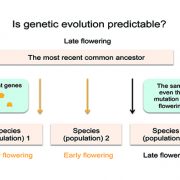
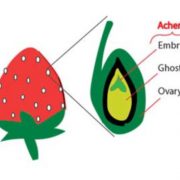

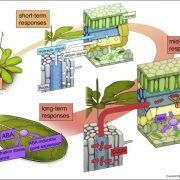
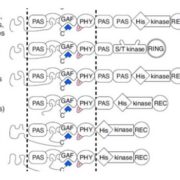
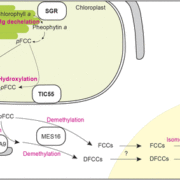


Leave a Reply
Want to join the discussion?Feel free to contribute!